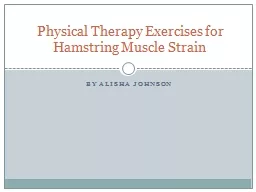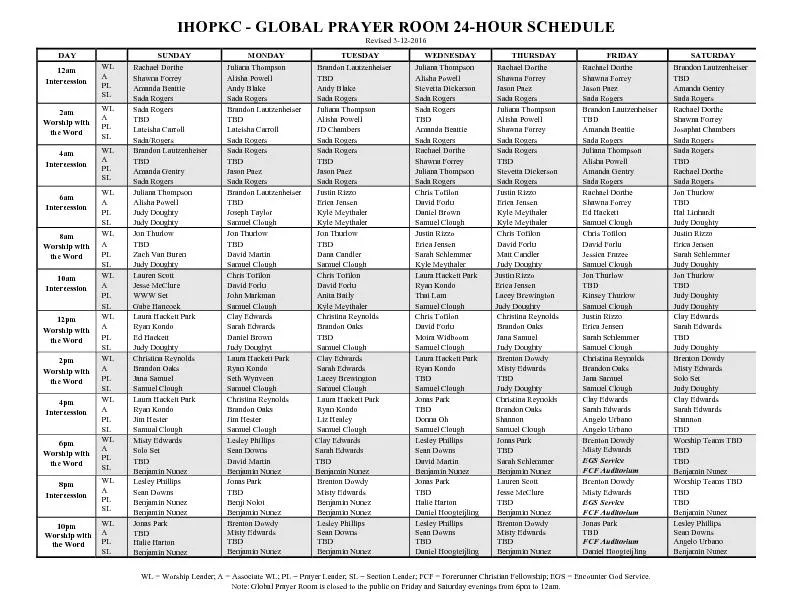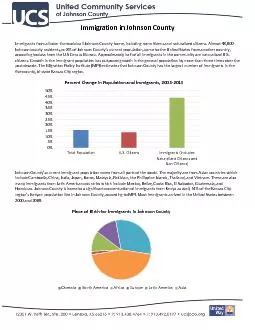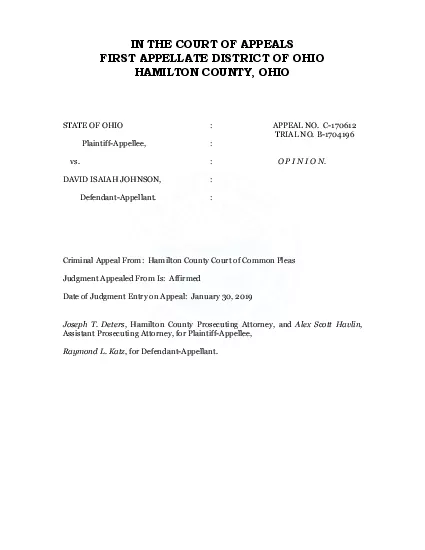PPT-By Alisha Johnson
Author : conchita-marotz | Published Date : 2016-05-02
Physical Therapy Exercises for Hamstring Muscle Strain Common Muscles Strained of the Hip Hip Adductors Gracilis Pectineus Adductor Longus Adductor Brevis Adductor
Presentation Embed Code
Download Presentation
Download Presentation The PPT/PDF document "By Alisha Johnson" is the property of its rightful owner. Permission is granted to download and print the materials on this website for personal, non-commercial use only, and to display it on your personal computer provided you do not modify the materials and that you retain all copyright notices contained in the materials. By downloading content from our website, you accept the terms of this agreement.
By Alisha Johnson: Transcript
Download Rules Of Document
"By Alisha Johnson"The content belongs to its owner. You may download and print it for personal use, without modification, and keep all copyright notices. By downloading, you agree to these terms.
Related Documents














